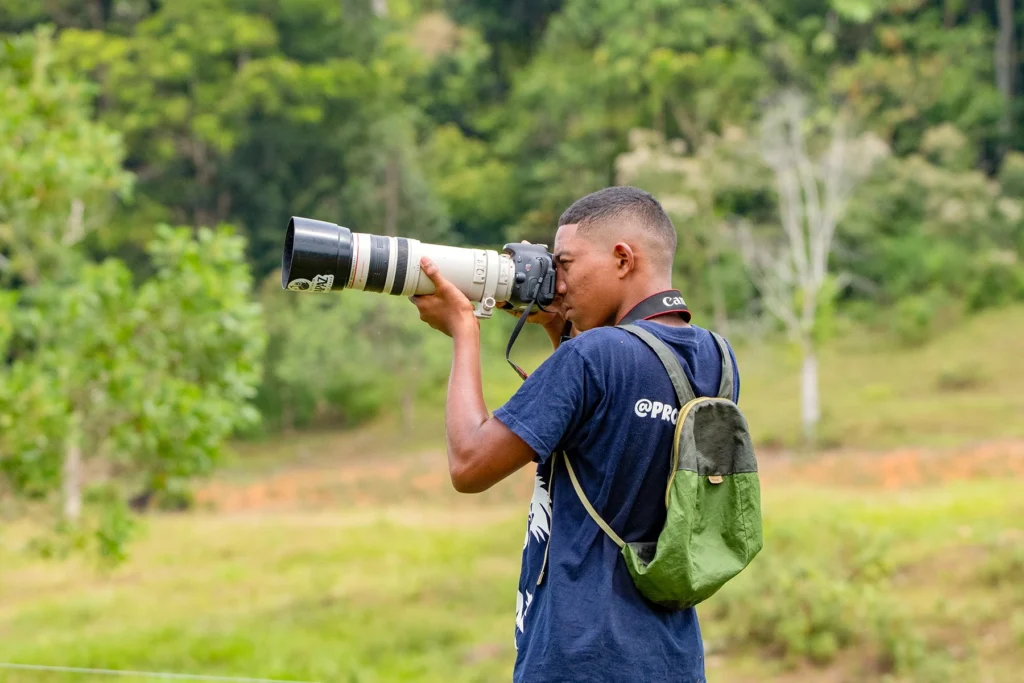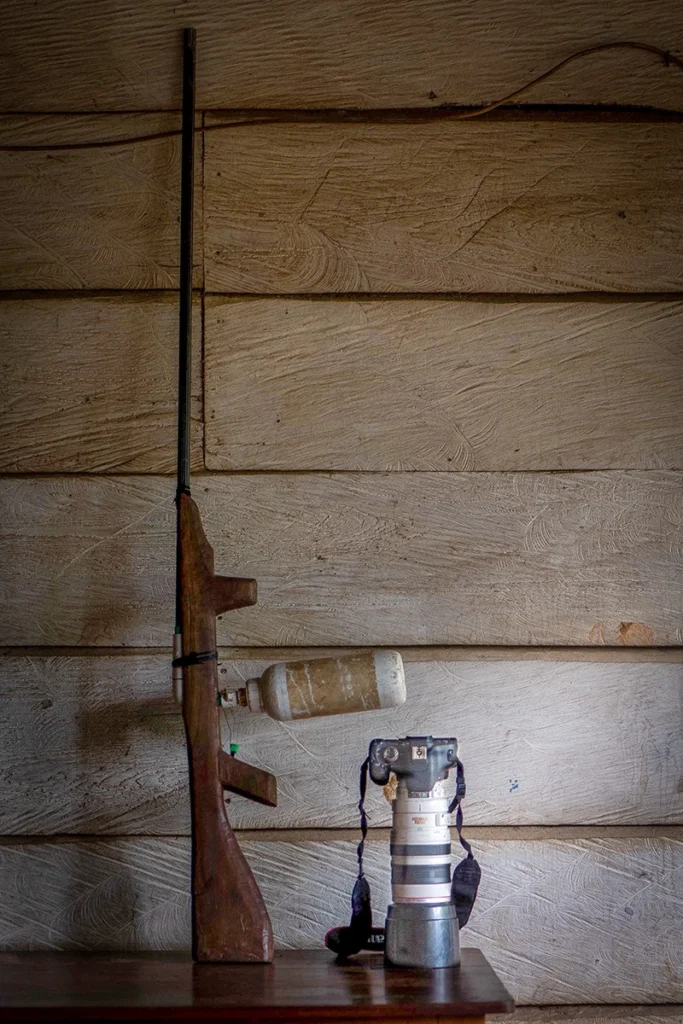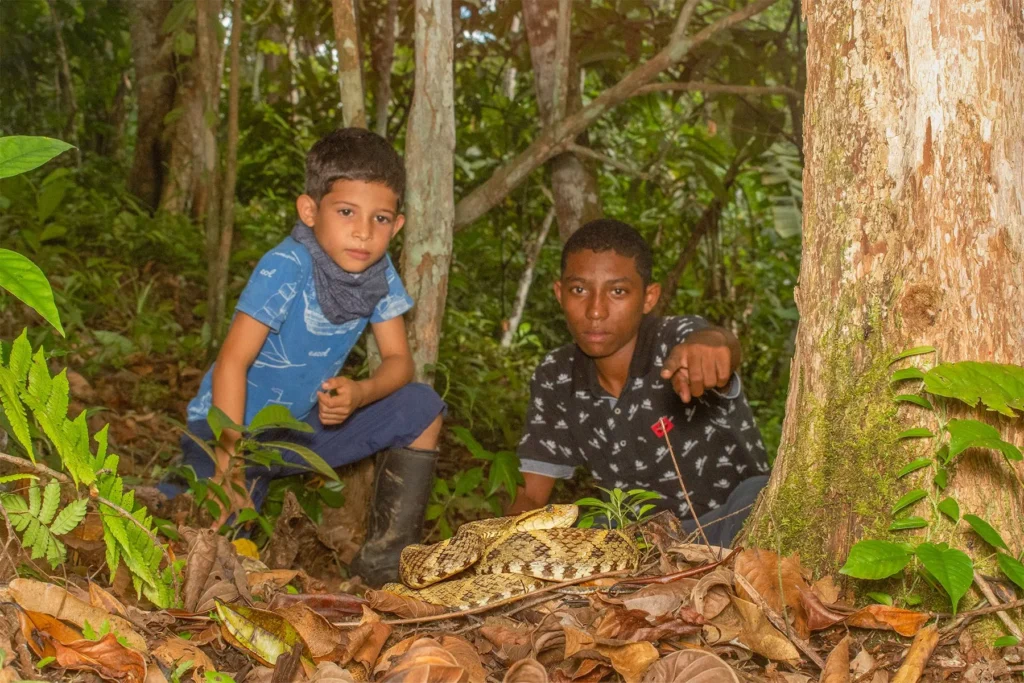
In the rural landscapes of Colombia, particularly in regions like Córdoba, the practice of hunting eagles often stems from humans expanding the cattle ranching frontier through tropical forest clearance, leading to serious conservation concerns.
This lifestyle brings ranchers into direct conflict with wildlife, such as eagles, that sometimes prey on free-range poultry on homesteads in the cleared forest. In such situations, the immediate response for many farmers is to resort to hunting these birds to prevent the loss of further livestock.
This human-wildlife conflict has had detrimental effects on the region’s biodiversity. Hunting eagles disrupts the delicate balance of the ecosystem and threatens the survival of these magnificent birds that play a crucial role in maintaining the ecological equilibrium.
The repercussions of eagle hunting extend far beyond the targeted species. As apex predators, eagles play a pivotal role in controlling the population of smaller animals, thus indirectly contributing to the regulation of the entire ecosystem. Their presence helps maintain a balance within the food chain by controlling the numbers of certain prey species, preventing overpopulation that could otherwise lead to habitat degradation.
The loss of these majestic birds due to hunting not only disrupts this natural balance but also deprives local ecosystems of the ecological services these birds provide, including pest control and aiding in seed dispersal.


Diego grew up hunting with his grandfather, who owned a farm in the forests. Earlier that week, a Crested eagle had attacked and eaten several of Diego’s grandfather’s chickens. In response, the two hunters set out to shoot and kill the bird, but they were unsuccessful in their attempts. Fortunately, a group of biologists from the Ornithological Society of Córdoba (SOC) arrived in Diego’s village just a few days later. Having overheard the group discussing the birds of the area, he recounted the presence of the Crested eagle.The biologists, intrigued by Diego’s account, accompanied him into the nearby jungle where they were astonished to encounter the bird of prey. This discovery marked the genesis of a transformative journey, not just for Diego, but also for the conservation of the region.

Diego’s intimate knowledge of the land and its wildlife were instrumental in locating the nest of the elusive Crested Eagle, a species that can be difficult to find, due to living in dense tropical forests. The efforts of Diego and SOC’s team led to the installation of camera traps, providing crucial insights into the eagle’s behaviors and reproductive patterns. Diego became an integral part of the monitoring team, even documenting the Eagle raising its first chick (affectionately named Millo by the community) through a camera trap that he placed inside the nesting site.
Diego’s transformation encapsulates the essence of community-driven conservation. He converted from a hunter to the guardian of the Crested eagle, and has become a dedicated conservationist of his community and its surrounding forests. Diego’s journey stands as a testament to the transformative power of environmental education, community involvement, and unwavering commitment to biodiversity conservation, but it might never have gotten the spark it needed to begin without the Ornithological Society of Córdoba, their perseverance in studying the endangered birds of the area, and their incredible leadership in effective environmental education and community involvement in conservation. Through collective dedication and local involvement, profound positive change is achievable.

Diego’s story is not just about the redemption of one young man; it is a celebration of hope, resilience, and the remarkable potential that lies within communities to safeguard our planet’s precious biodiversity. Together, let us continue fostering such partnerships and nurturing more Dieguitos, ensuring a brighter, more sustainable future for all species that call Earth home.


